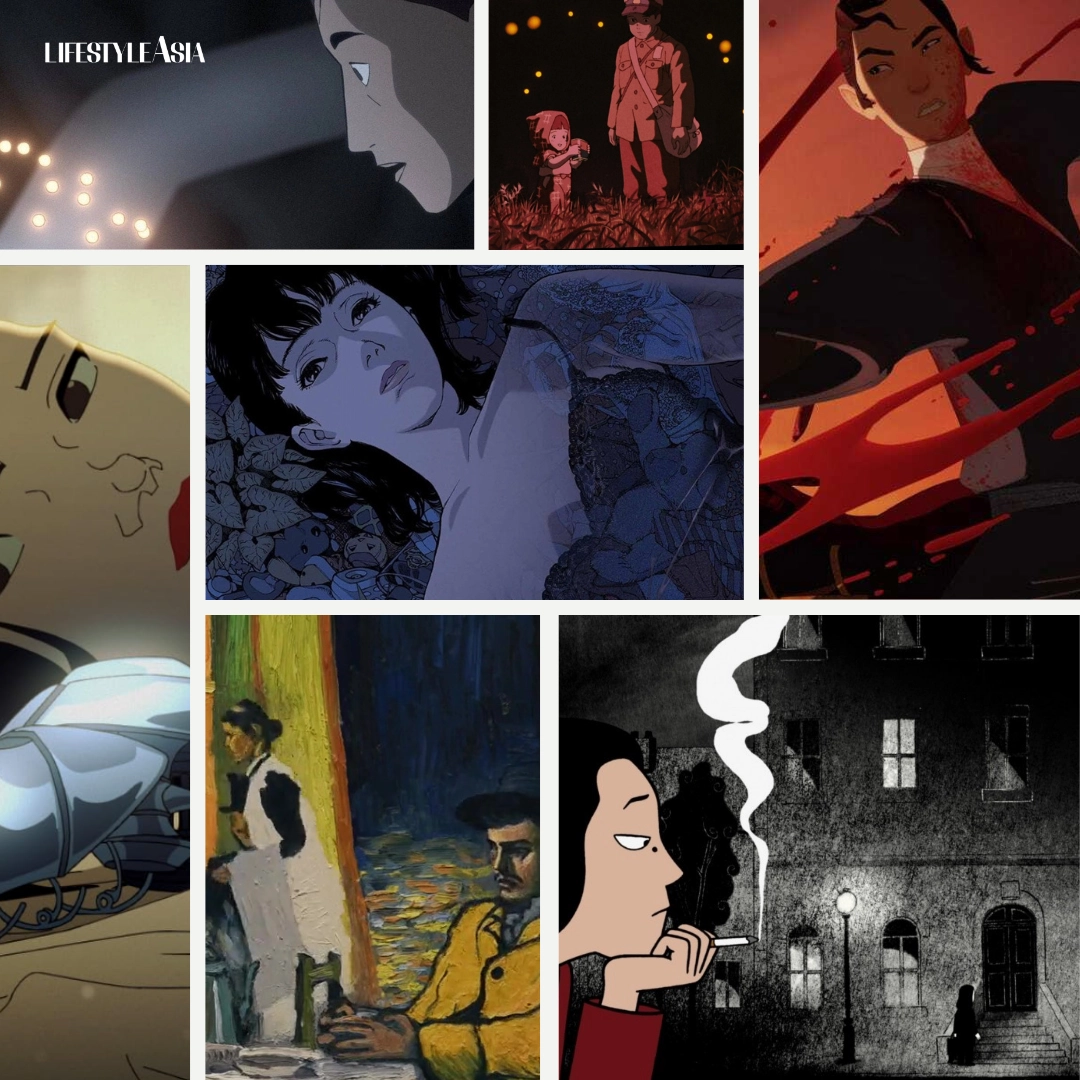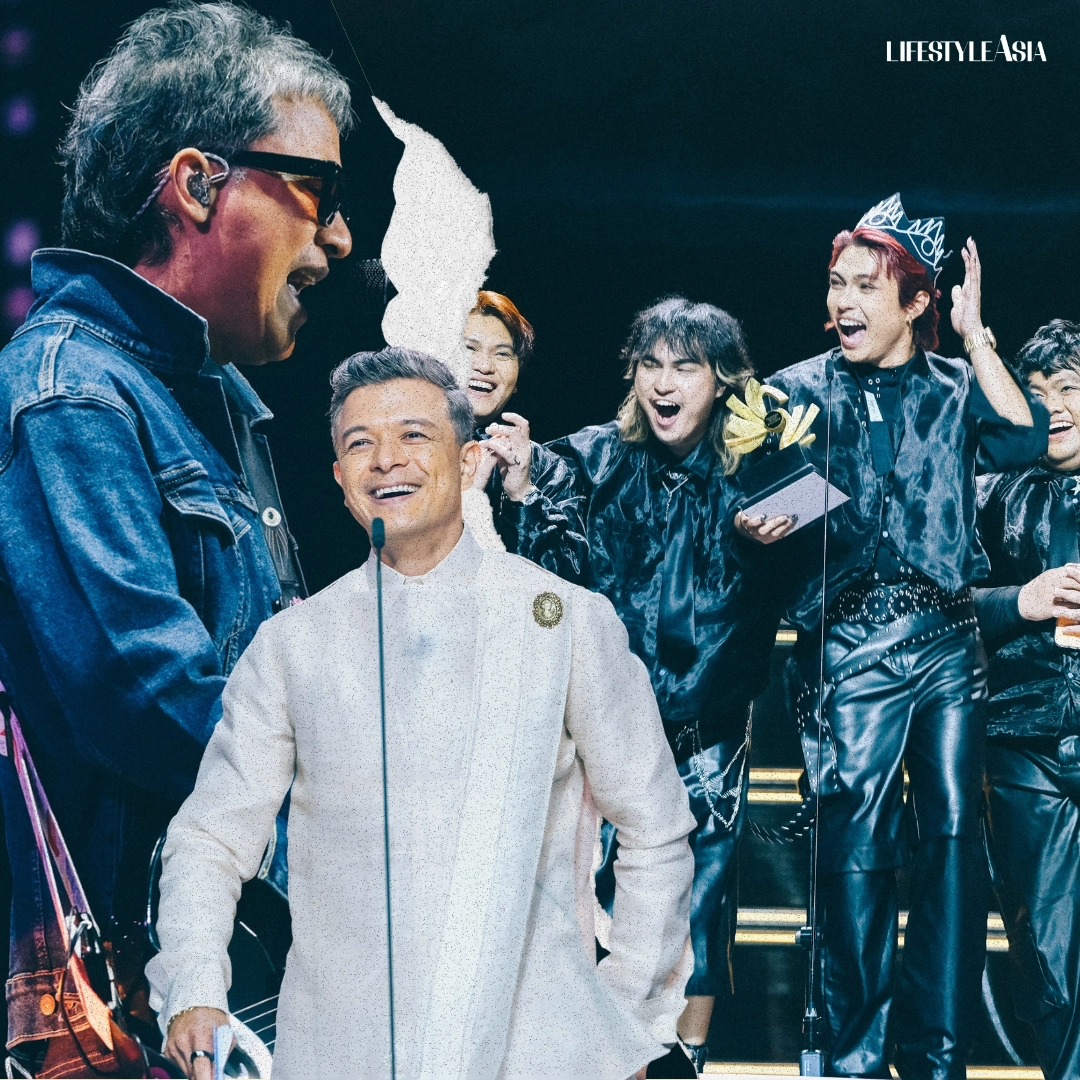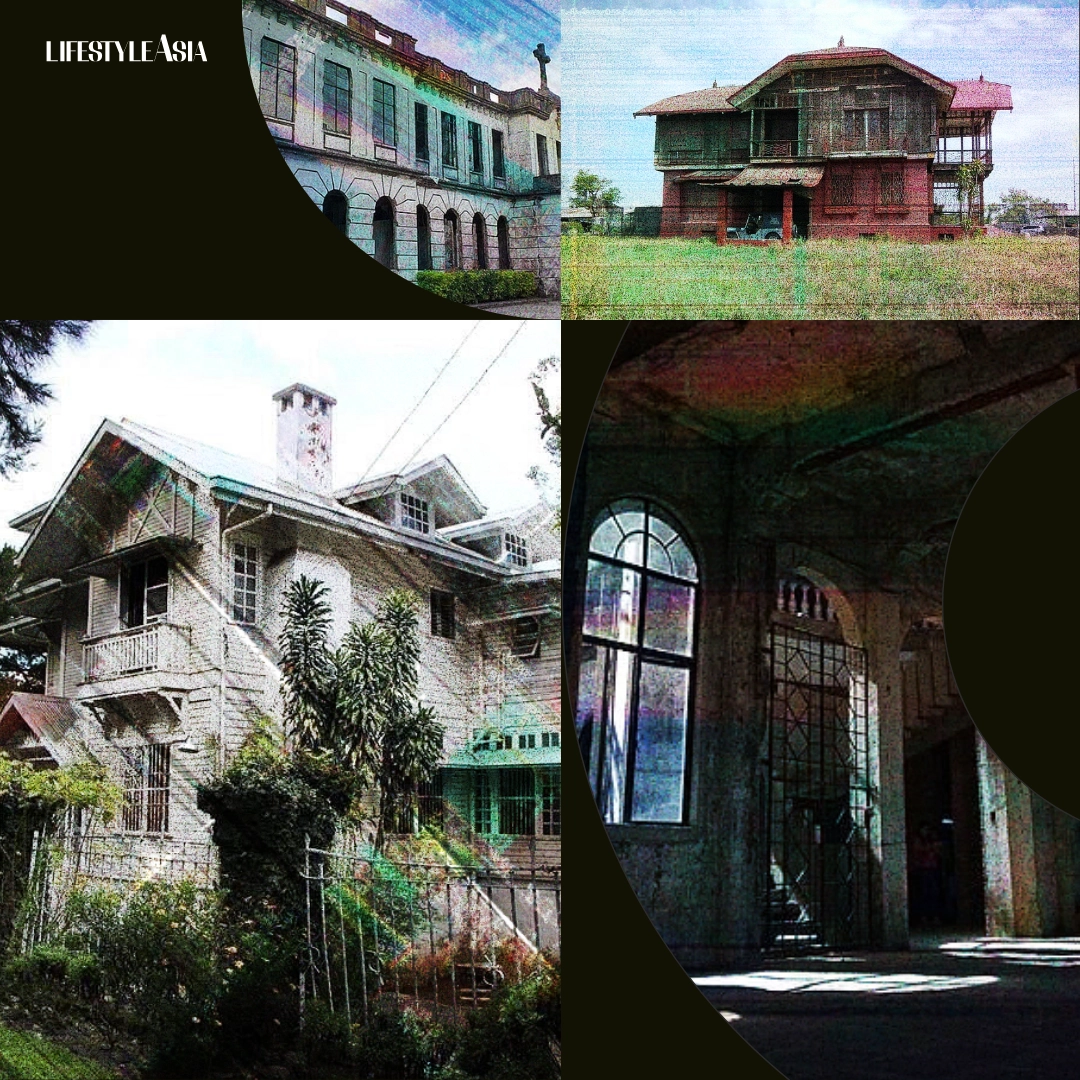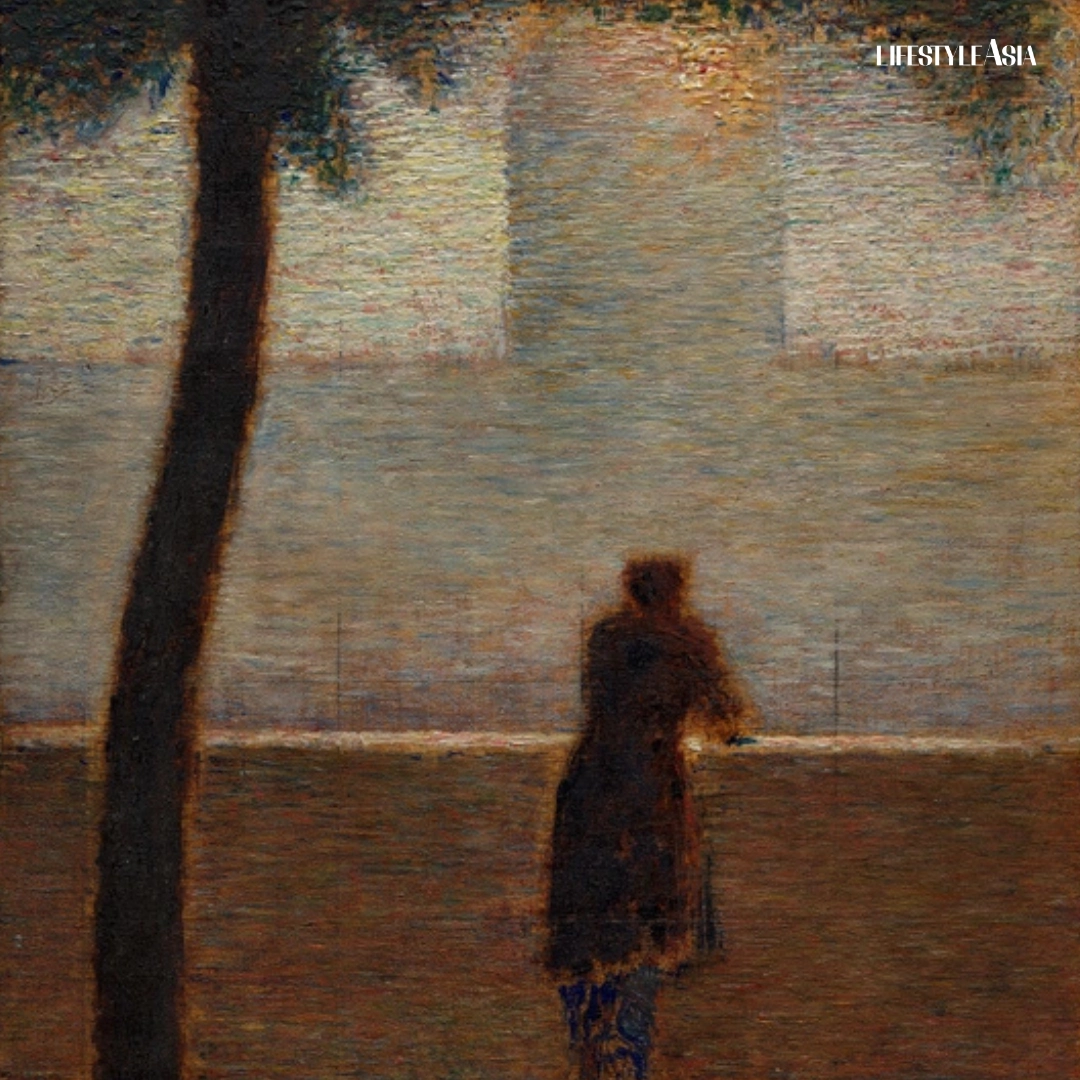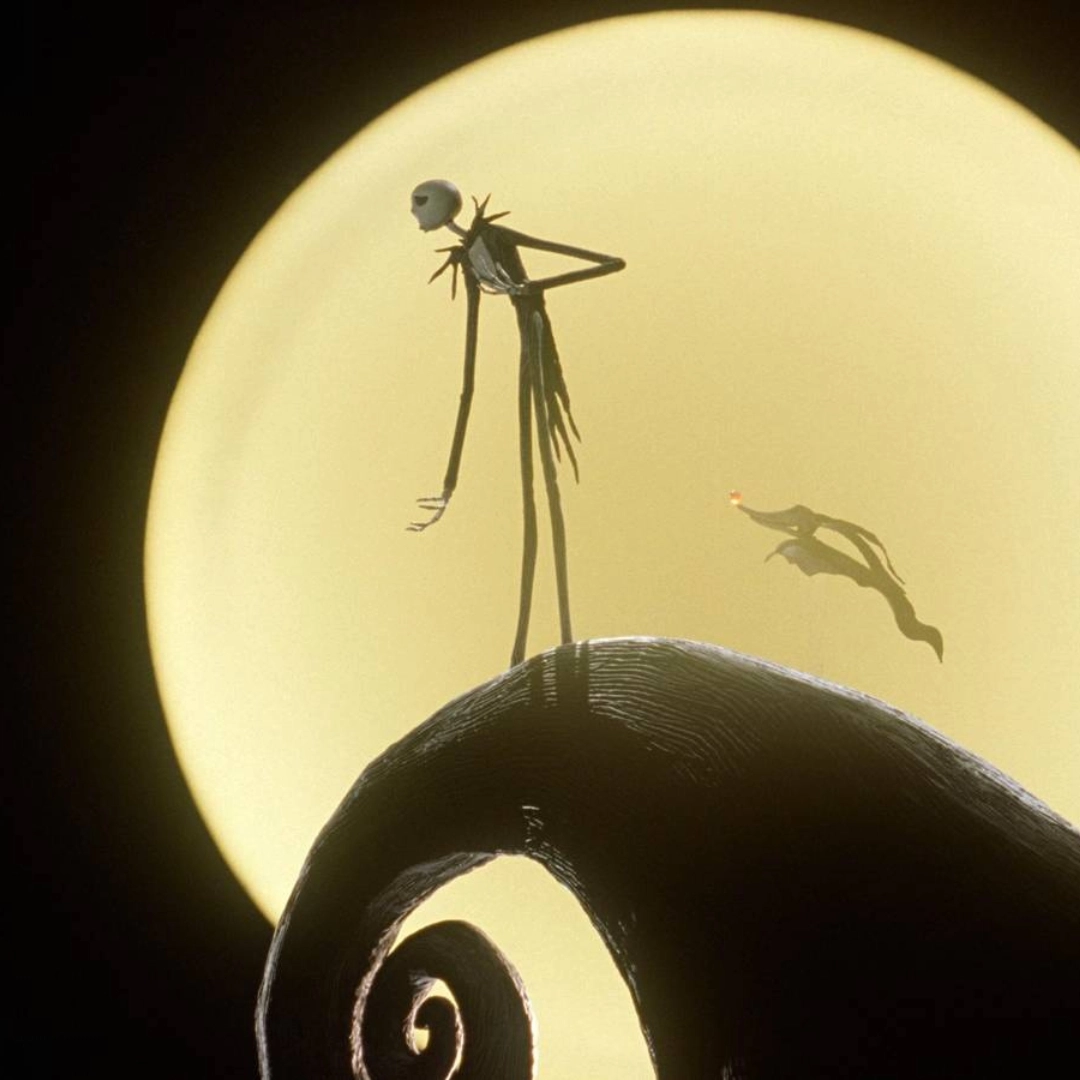Animation isn’t solely for children. These ten works show just how layered, mature, and inventive the medium can be.
One of the most surefire ways to irritate me is to hear animation dismissed as “just cartoons for kids.” I’ve heard it too many times, and it never fails to make my eyes twitch. We’ve covered why animation should be considered a medium, not a genre, in another piece. But just to be clear: when I say the art form isn’t solely for children, I’m not trying to condescend. Framing it that way just makes it easier for people to take it seriously. After all, who’s to say kids can’t understand complex themes and truths? Any story can resonate with mature audiences if it’s told well. To see the breadth of what animation can achieve, we’ve curated a list of 10 adult animated works worth watching—from hidden gems to critically acclaimed masterpieces.
READ ALSO: 40 Years Later, Studio Ghibli Still Reminds Us What It Means To Be Human
But Before That, How Do We Define “Adult” Animated Works
Most of what’s included in this list is works that weren’t made with kids in mind. They deal with mature subject matter that can get quite dark or explicit—things you wouldn’t necessarily watch with the entire family. That said, there are plenty of “general audience” films that deserve a spot in every viewer’s must-watch list, regardless of age; but since we’re leaning into pieces that are really geared toward adults, we’ve decided to settle for the more obvious choices.
The Plague Dogs (1982)
Metro Goldwyn Mayer’s first non-family-oriented animated film seems like a wild adventure starring two dogs who escape an animal testing lab—and that’s true, to an extent. The opening sets a grim tone: one dog faces repeated drownings, another undergoes brain modifications. To make matters worse, lab personnel infect them with the bubonic plague, while the military relentlessly pursues them.
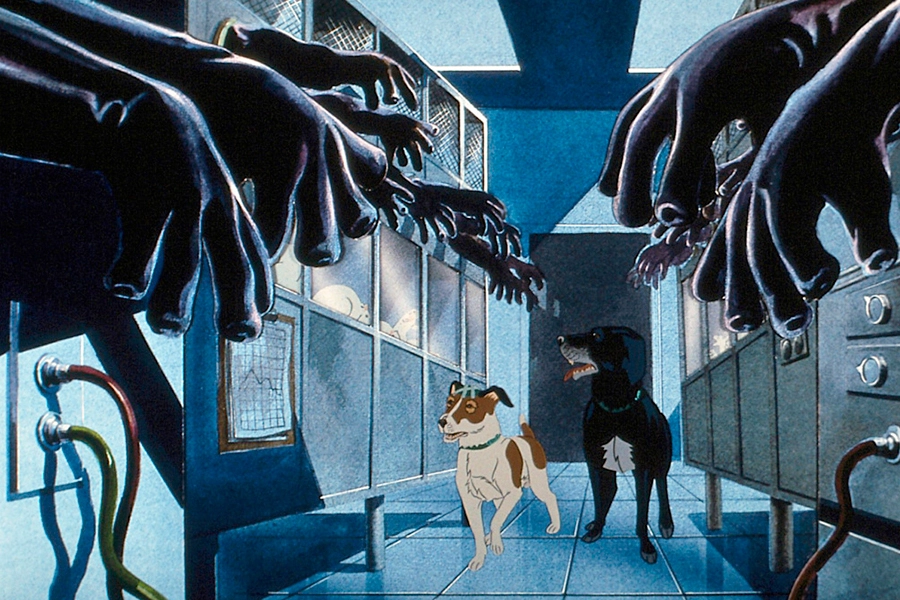
The Plague Dogs is far bleaker than you’d expect, sparing no audience from disturbing imagery. A harrowing journey, its atmosphere is fueled by raw honesty and existential dread: whether the dogs survive is left unknown, which makes its heart-wrenching final scene all the more haunting.
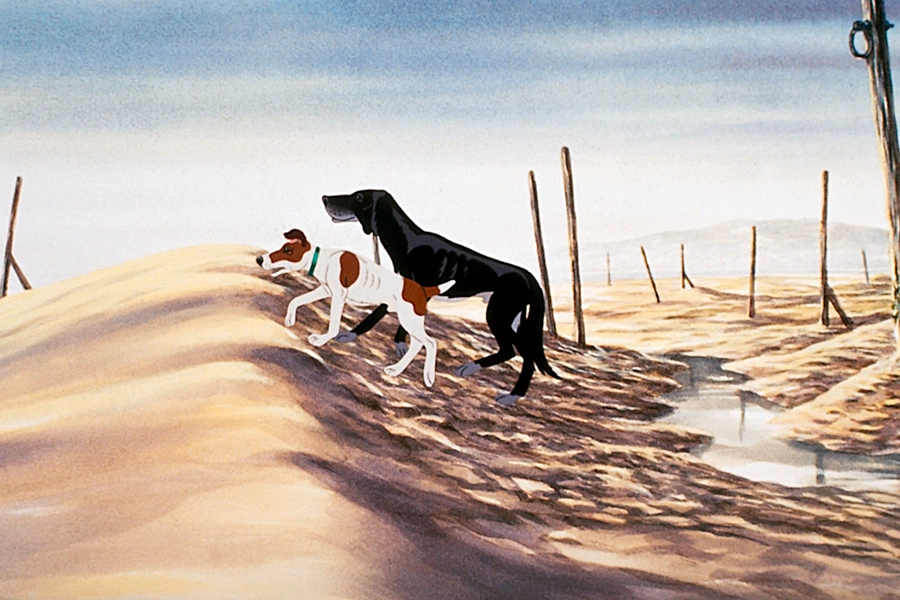
“The Plague Dogs” is available for streaming on YouTube.
Grave of the Fireflies (1988)
Don’t be fooled by the Ghibli label, because Grave of the Fireflies isn’t the right choice for a cozy movie night (the two characters look adorable, but the morbid title should be a warning enough). It begins with the startling image of an emaciated young boy, then moves backwards, tracing the events that led to his concerning state.
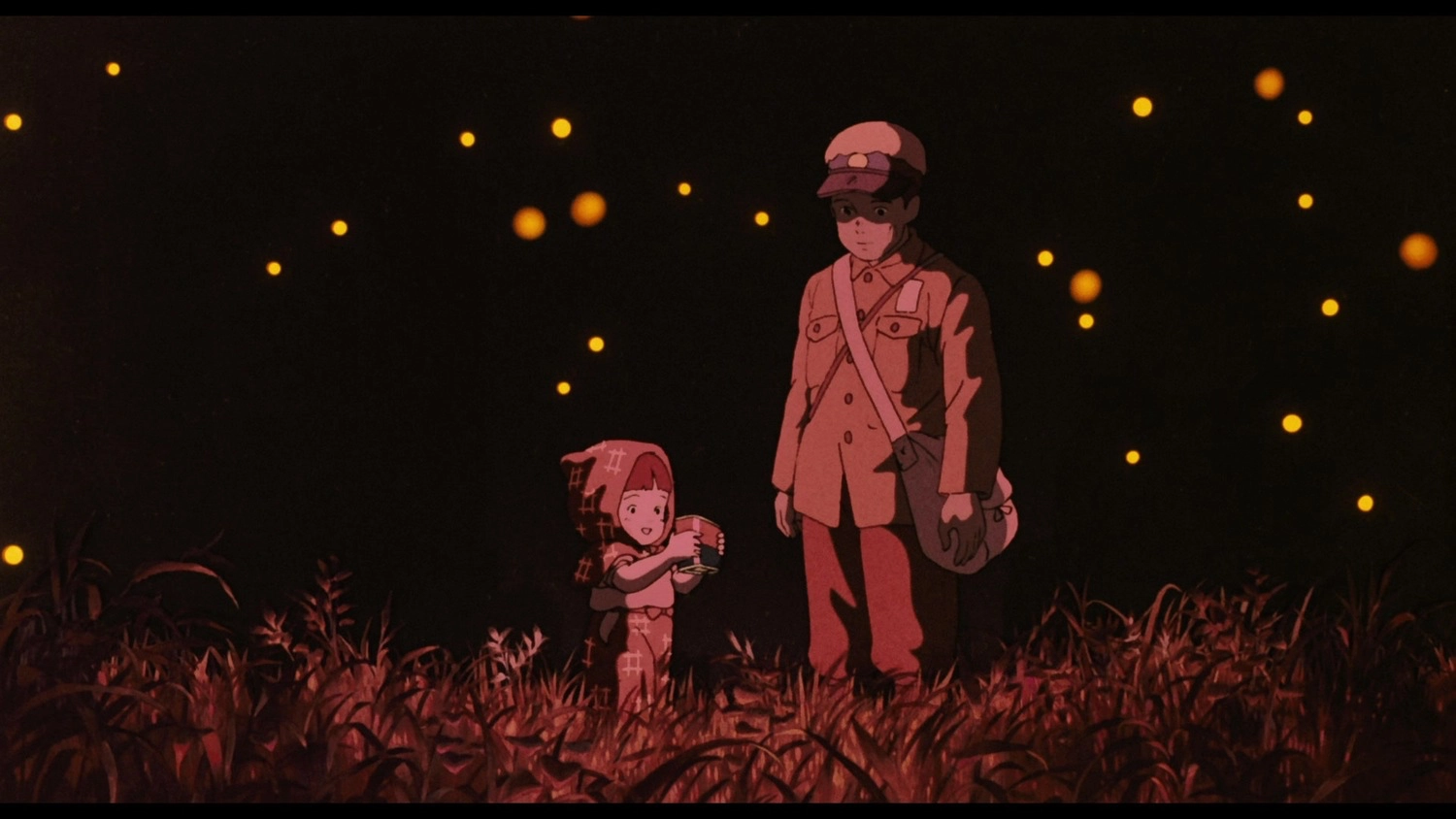
The horrors of nuclear bombs during World War II are ever-present, depicted through unabashedly visceral images of death, injury, deprivation—just about every pain imaginable in those days, all framed through the loving relationship of a brother and his little sister. When I say the imagery is strong, I mean it: I haven’t gotten the scenes of bandaged bomb victims out of my head since watching it. Don’t get me wrong, the animated film has its moments of levity, though they’re a cutting contrast that makes everything else hurt even more; it’s an aching account that lingers until the very end. You’ll never look at fruit candies the same way again.
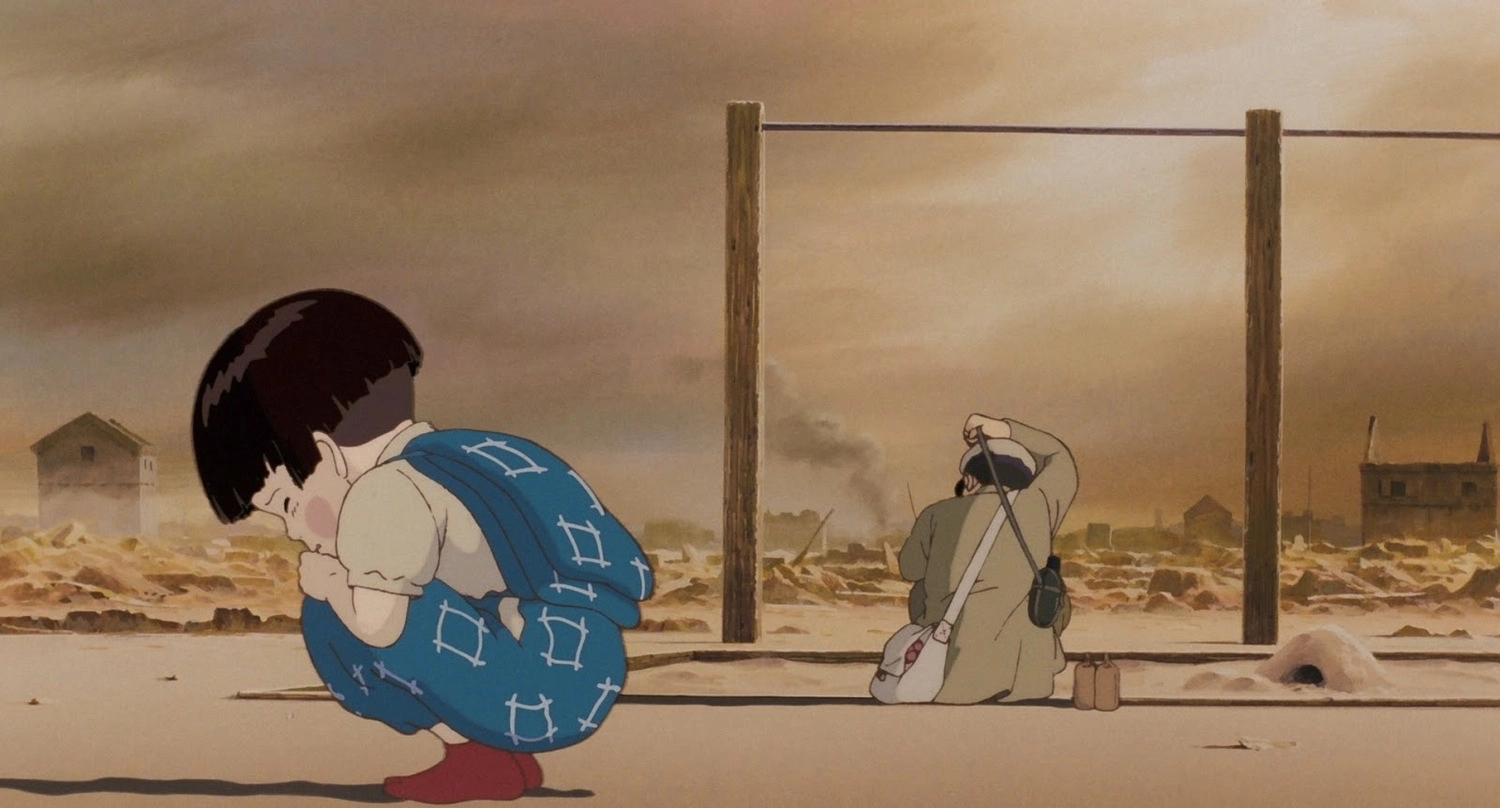
“Grave of the Fireflies” can be streamed on Netflix Philippines.
Perfect Blue (1998)
Long before Darren Aronofsky released Black Swan, there was Perfect Blue—the 1998 psychological horror film by the late Japanese filmmaker Satoshi Kon. Kon’s influence on cinema is palpable. Aronofsky himself admitted to being a fan, and his film Requiem for a Dream took inspiration from Perfect Blue. I’d argue, though, that Black Swan is more a spiritual sister to the film than Aronofsky’s earlier work. Though Christopher Nolan denied the influence, his 2010 hit Inception shares a visual and thematic DNA eerily similar to Kon’s 2006 sci-fi thriller Paprika (another must-watch).
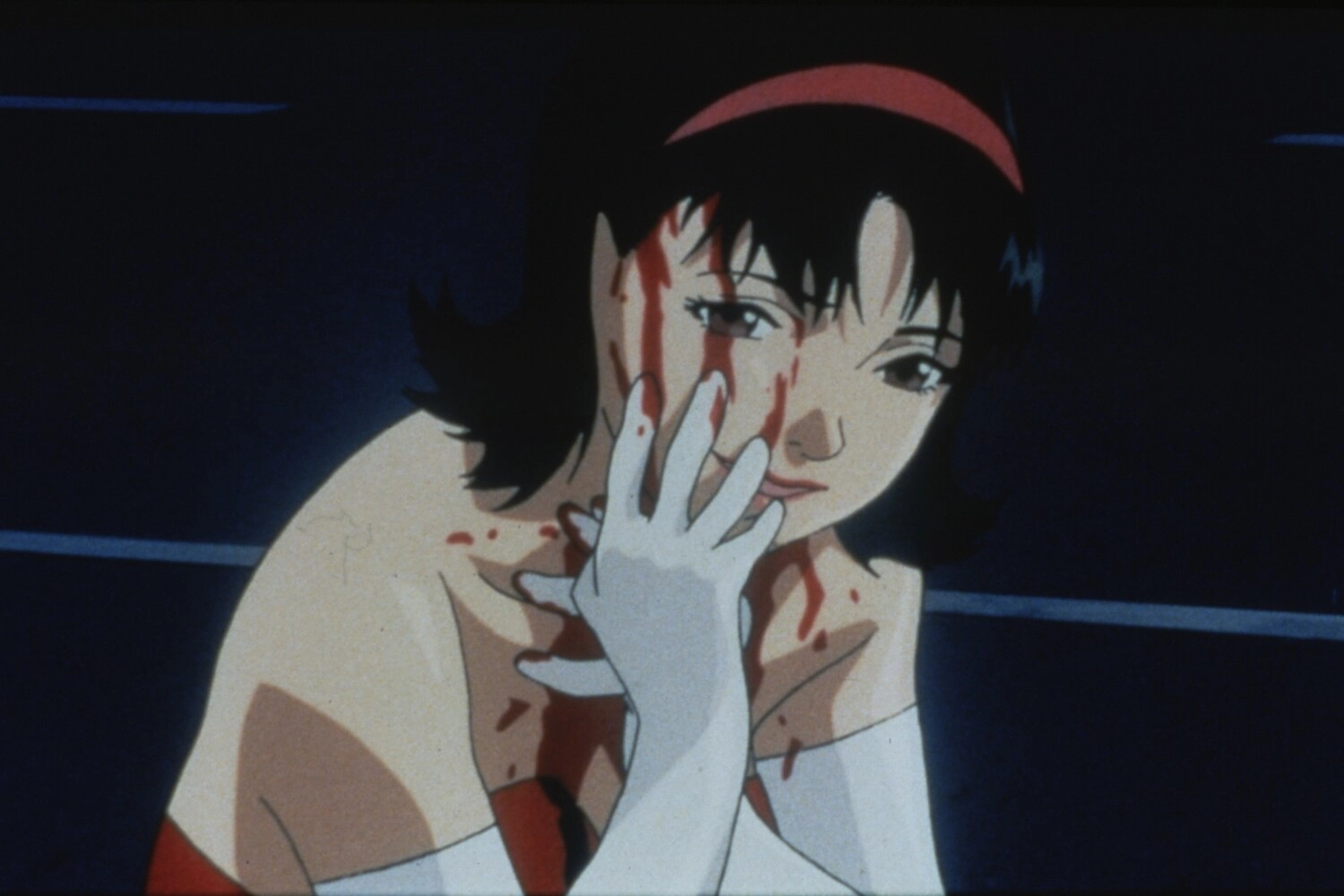
Perfect Blue is a dizzying chronicle of one pop star’s mental spiral as fame pushes her into the realm of exploitation. Today, that’s familiar territory—but in 1998, the film already probed the dangers of parasocial relationships and toxic fan culture during the early internet era, with striking clarity. Even now, its scenes remain unsettling and voyeuristic, forcing audiences to confront the dark truths behind one woman’s climb—or rather, descent—into stardom.
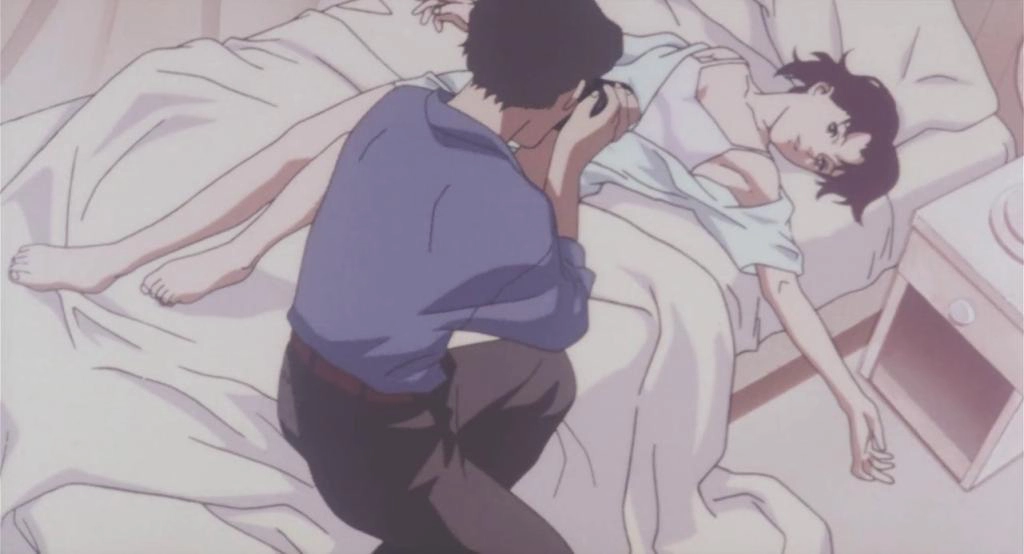
The film recently got a 4K restoration under GKIDS, set to hit theaters abroad this October 2025. Let’s just hope audiences in the Philippines get a chance to see it on the big screen, too.
“Perfect Blue” is available for rent or purchase through Prime Video.
Persepolis (2007)
French-Iranian author Marjane Satrapi’s autobiographical graphic novels of the same name garnered acclaim for their candid portrayal of a young girl’s life in Iran before and after the Islamic Revolution, including her eventual move to France. But it’s the animated adaptation of this bildungsroman that gave Satrapi worldwide attention, having earned the Cannes Jury Prize in 2007, César Award for Best Writing – Adaptation, and a nomination for Best Animated Feature in the 80th Academy Awards.
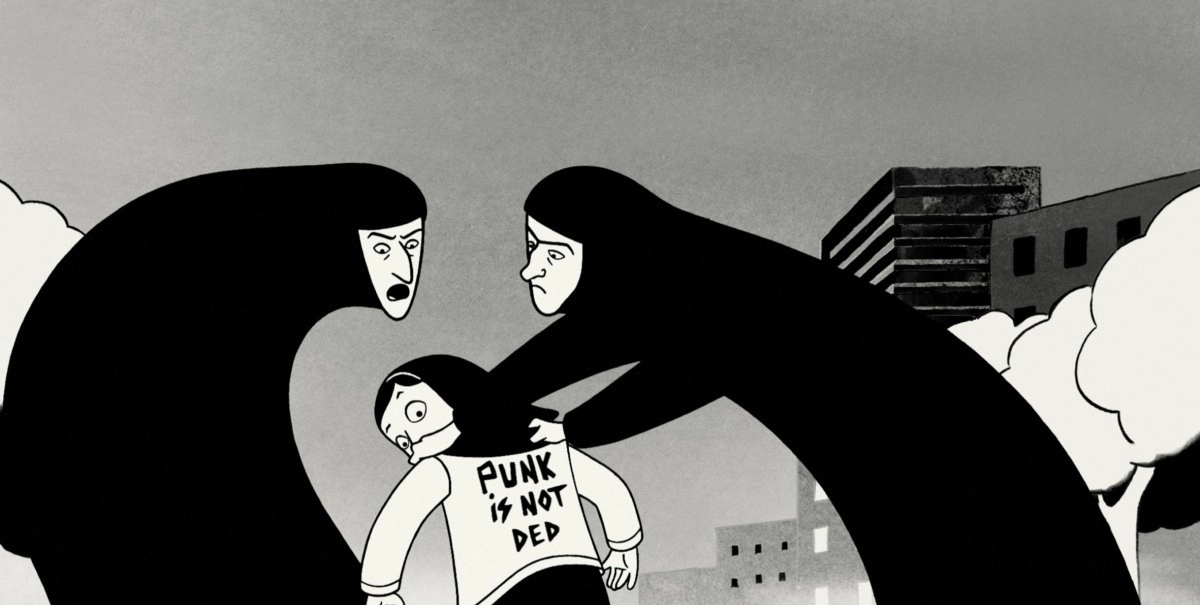
There’s much to love about the feature, including the way it skillfully adopts the black-and-white linework of its source material. The animated film is a great balance of humorous and contemplative moments that delve into one woman’s journey of holding onto her autonomy, identity, and self-expression in a complicated cultural milieu without being saccharine or overly dramatized.
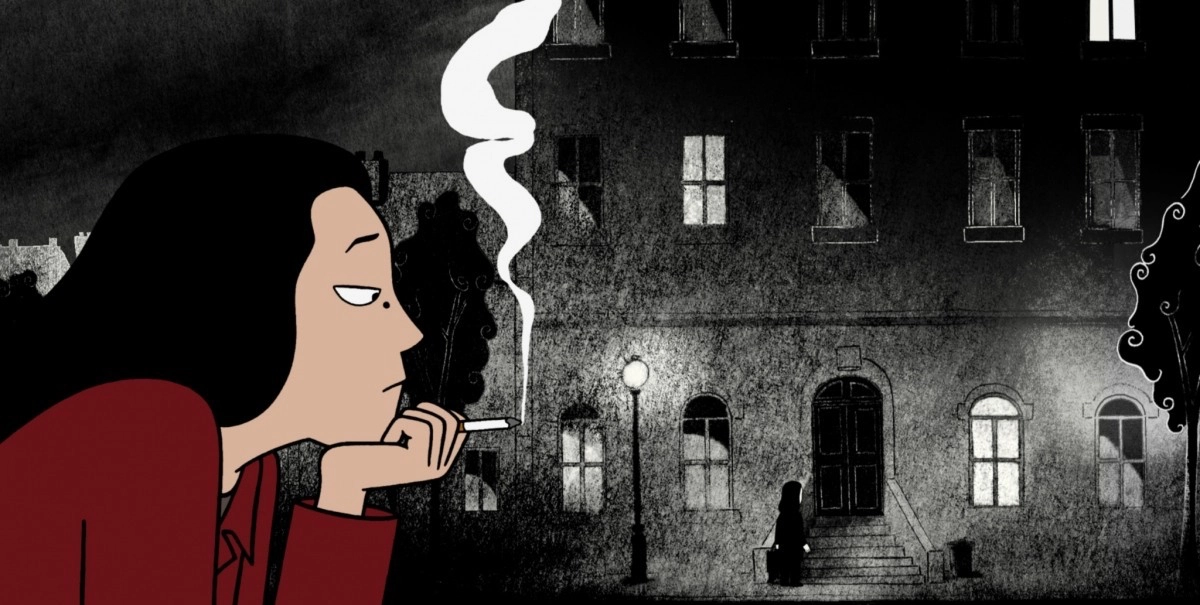
“Persepolis” is available for rent or purchase through Prime Video.
Wolf Children (2012)
You won’t see traces of Mamoru Hosada’s 2012 fantasy film Wolf Children in mainstream awards, but it’s a hidden gem that deserves more recognition. A young woman named Hana falls in love and marries a man who turns out to be a werewolf. Their relationship is short-lived, leaving her to care for their two children, both of whom inherited their father’s shape-shifting genes.
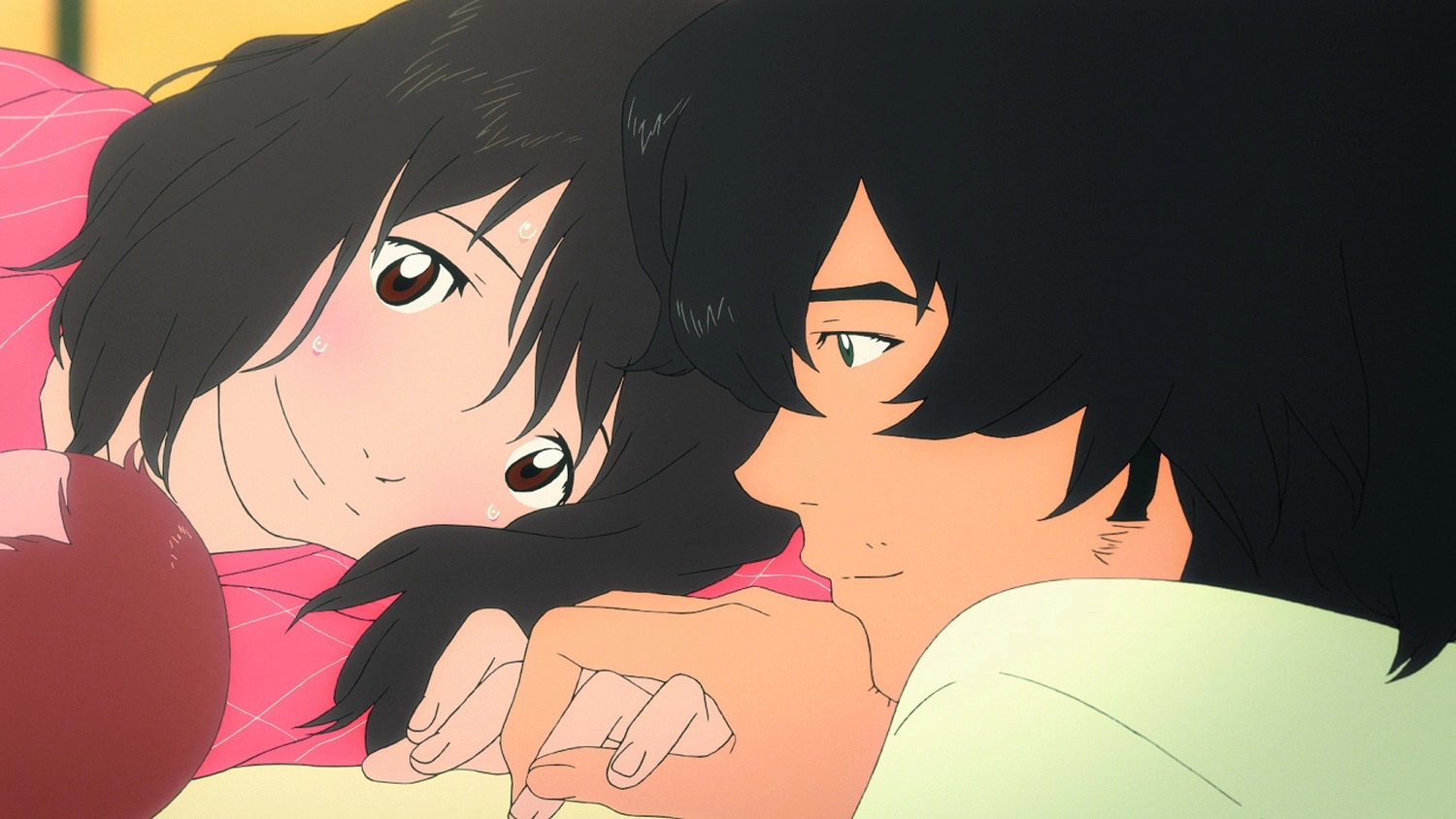
A perfect modern fairytale in every way, the film uses the fantastical as a way of emphasizing the human: how children forge their sense of self when they’re products of two different worlds, how a mother struggles to raise them on her own with awe-inspiring devotion and perseverance. All I can say is, I’ve cried to this way more than I’d care to admit, and with a gorgeous score and amazing visuals, it’s an experience you’ll keep with you for years to come.
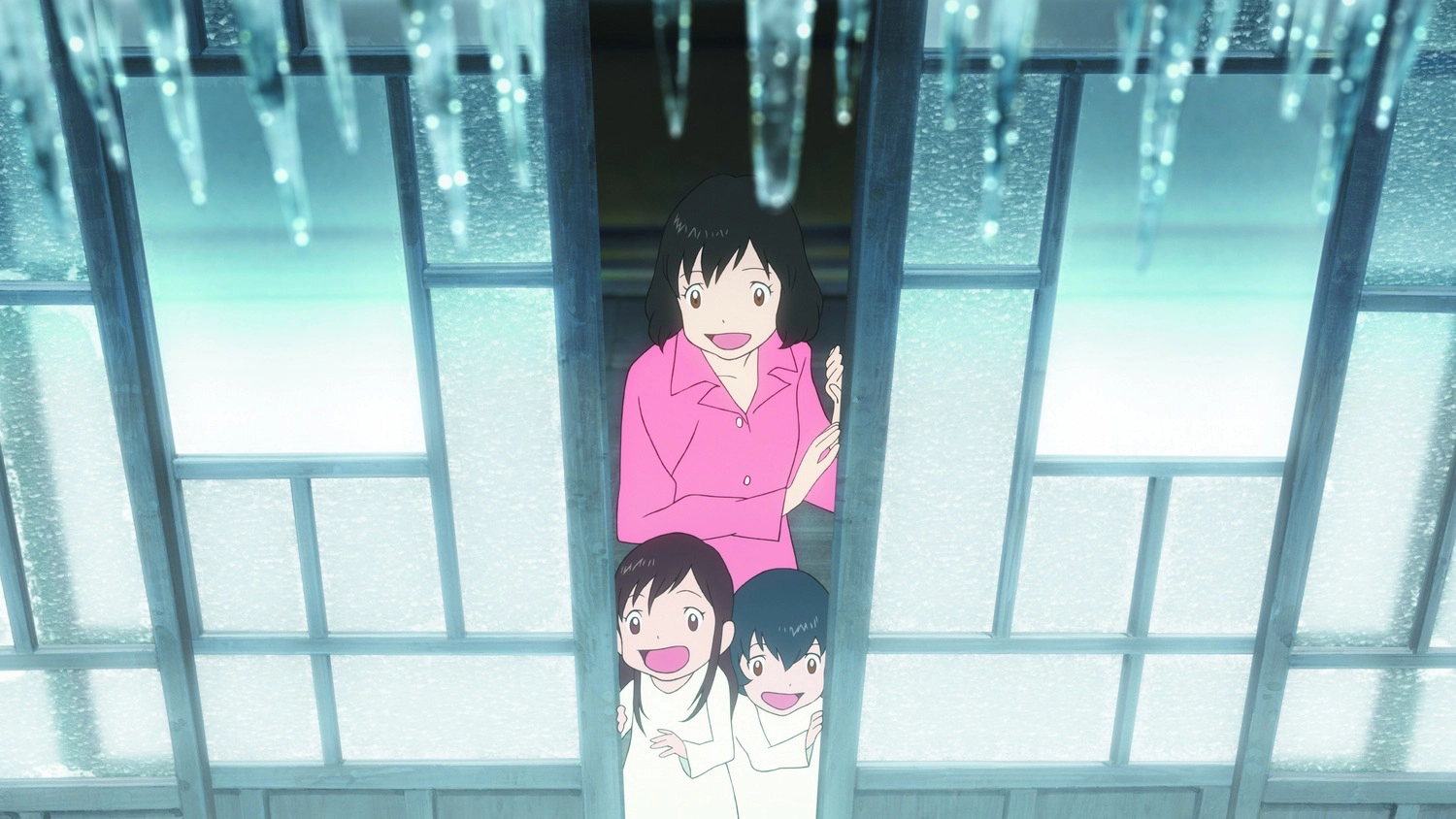
“Wolf Children” is available for rent or purchase through Prime Video.
Loving Vincent (2017)
Vincent Van Gogh’s 2017 biographical film is an intriguing dramatization of the painter’s life, but it doesn’t present much in terms of story (it’s not bad, but it’s not memorable either)—still, it needs to be included in this list for the sheer artistry of it all. If there’s one piece you need to watch for form more than function, it’s this.
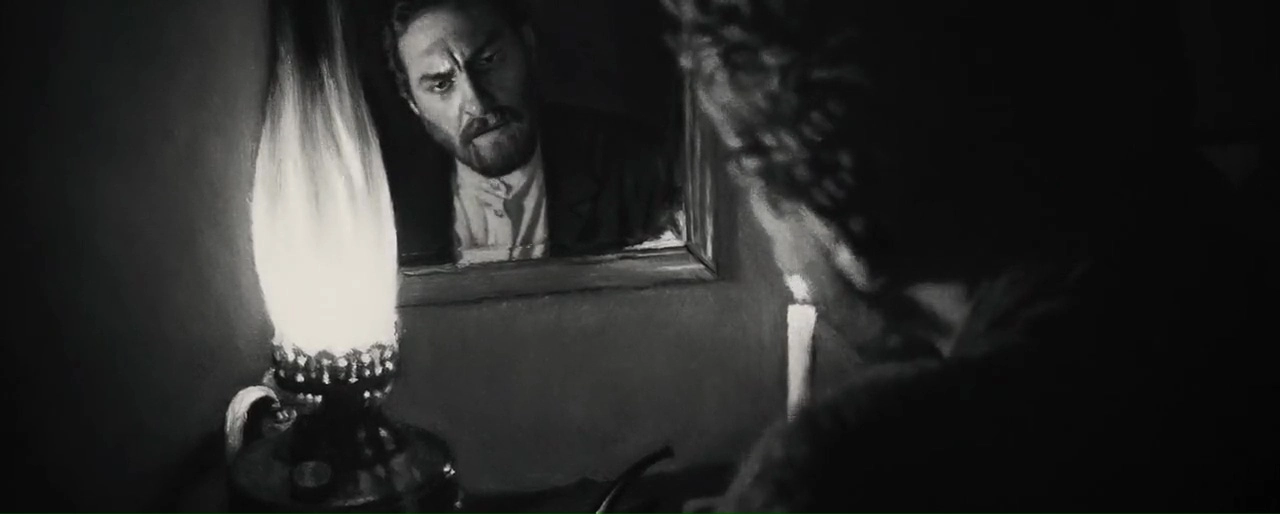
Loving Vincent is the first animated film to be traditionally painted, frame by frame, in the style of Van Gogh—that’s 66,960 frames of oil paintings, put together to create a moving gallery that feels both familiar and new. Just one look at the work behind the scenes and you know this is a work of passion and intense labor, and one that, at least visually, really honors the artist’s legacy.
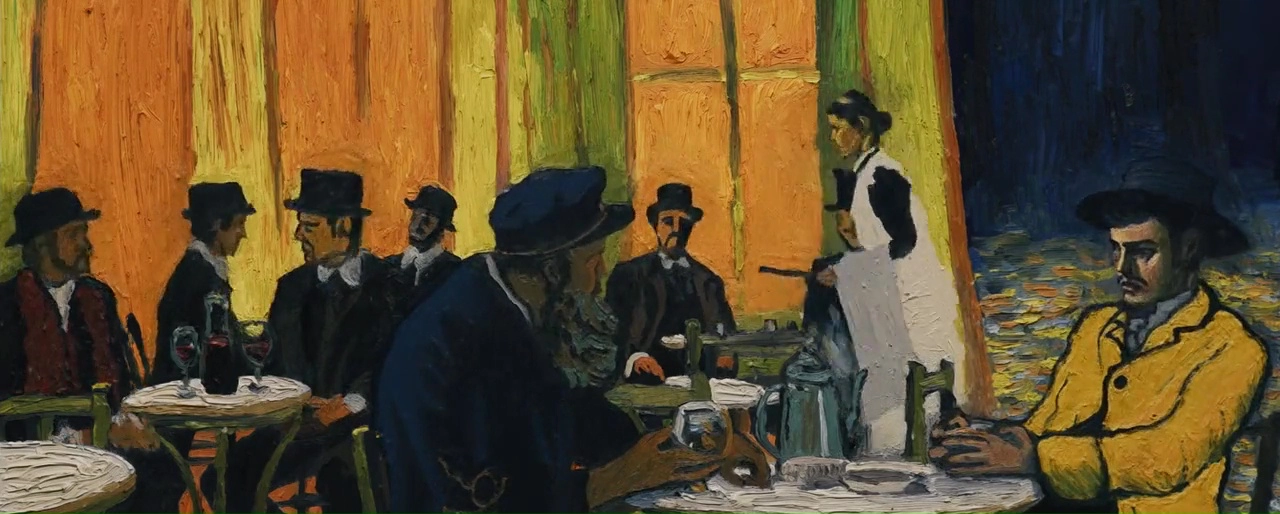
“Loving Vincent” can be streamed on Netflix Philippines.
“Good Hunting” (2019) from Love, Death & Robots
Moving on to shows, there’s the Emmy Award-winning anthology series Love, Death & Robots, which is already on its fourth season. Like a candy bag, it’s filled with self-contained animated shorts in a myriad of styles and genres, all of which either contain some element of love, death, or yes, robots (sometimes all three). If I had to pick a modern show that really shifted people’s perceptions of what adult animation could be, it’d have to be this one.
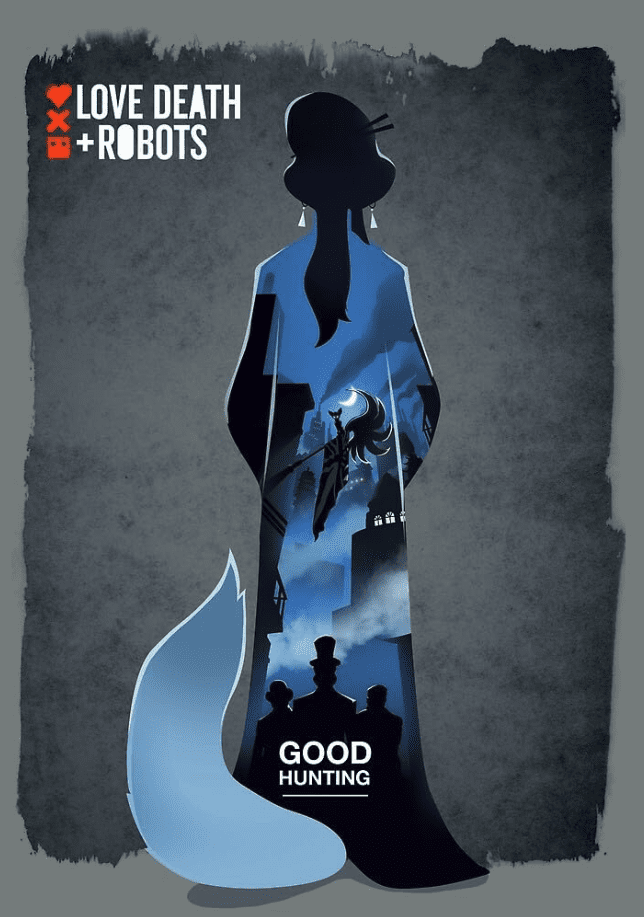
Though like any anthology, its episodes are hit or miss. If I had to recommend one to start with or convince you to give the series a go, it has to be “Good Hunting.” The episode is based on an equally commendable short story by speculative fiction writer Ken Liu, so the world-building is impeccable for something with a 17-minute runtime—but even more so when it’s brought to life with the limitless possibilities of animation.
Set in an alternate reality of 20th-century China, a young boy accompanies his father to hunt shapeshifting fox spirits (Huli jing). But things aren’t black and white as the boy develops a friendship with one of the spirits, a bond that shifts amid British colonization and rapid progress, the two characters trying to find their place in a changing world with no space for folklore and magic. Content warning: it gets incredibly gory and graphic, but only to highlight the sheer brutality of their world, which is exactly why it works so well.
“Love, Death & Robots” can be streamed on Netflix Philippines.
Pantheon (2022-2023)
Taking inspiration from the short stories of sci-fi writer Ted Chiang (the mind behind the brilliant tale that inspired 2016’s Arrival), Pantheon is a cerebral show that trusts its audience without ever talking down to them. It’s also incredibly relevant, exploring consciousness and humanity through a tech company bent on uploading minds into the cloud (sound familiar?).
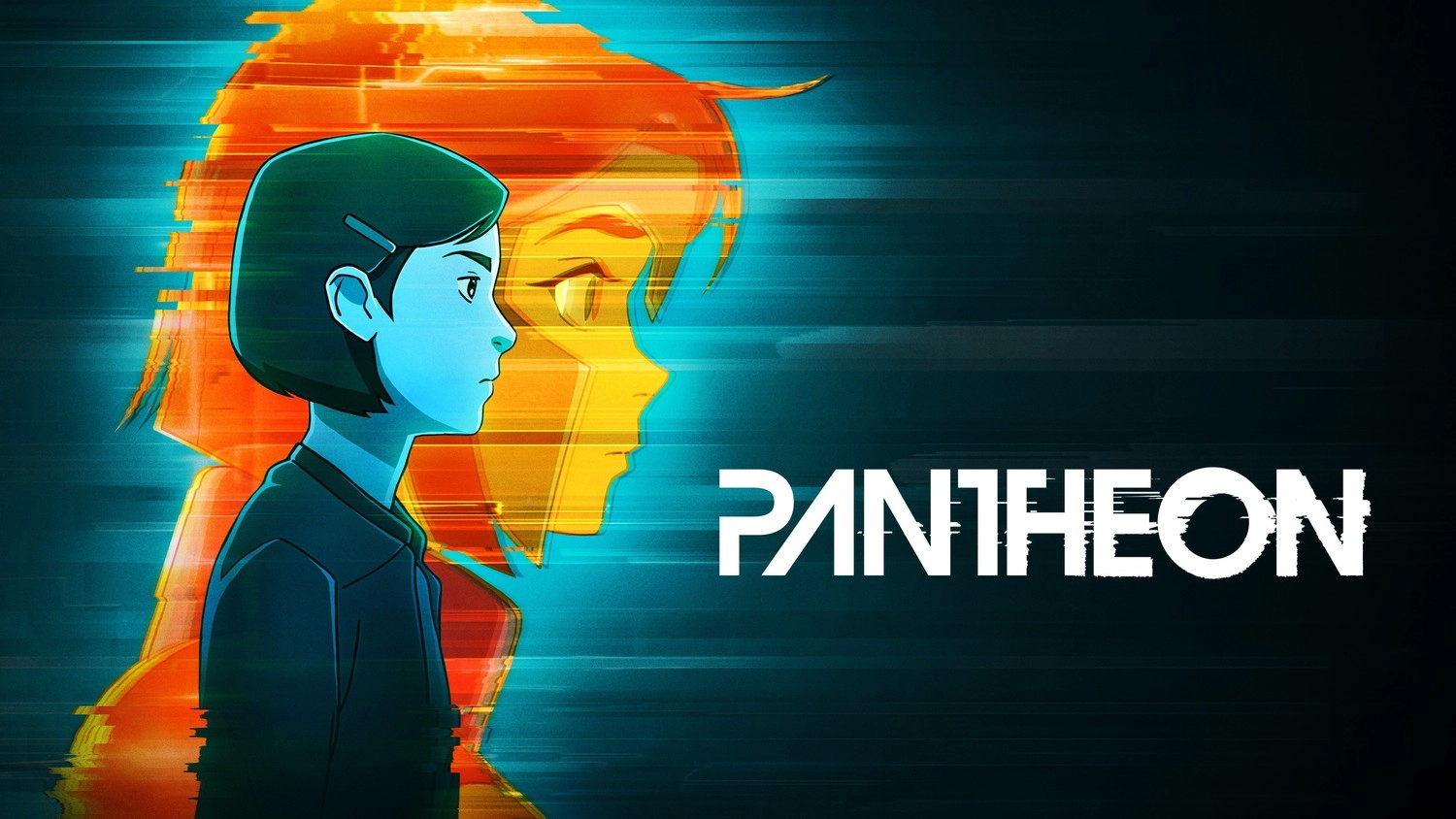
At its core is Maddie, a teen tech prodigy mourning her father—until she discovers his life’s work has entangled their entire family in a vast conspiracy that threatens to upend her world. The second season stumbles (though the finale is still a must-watch), but season one is a masterclass in storytelling: incisive, suspenseful, and impossible to look away from.
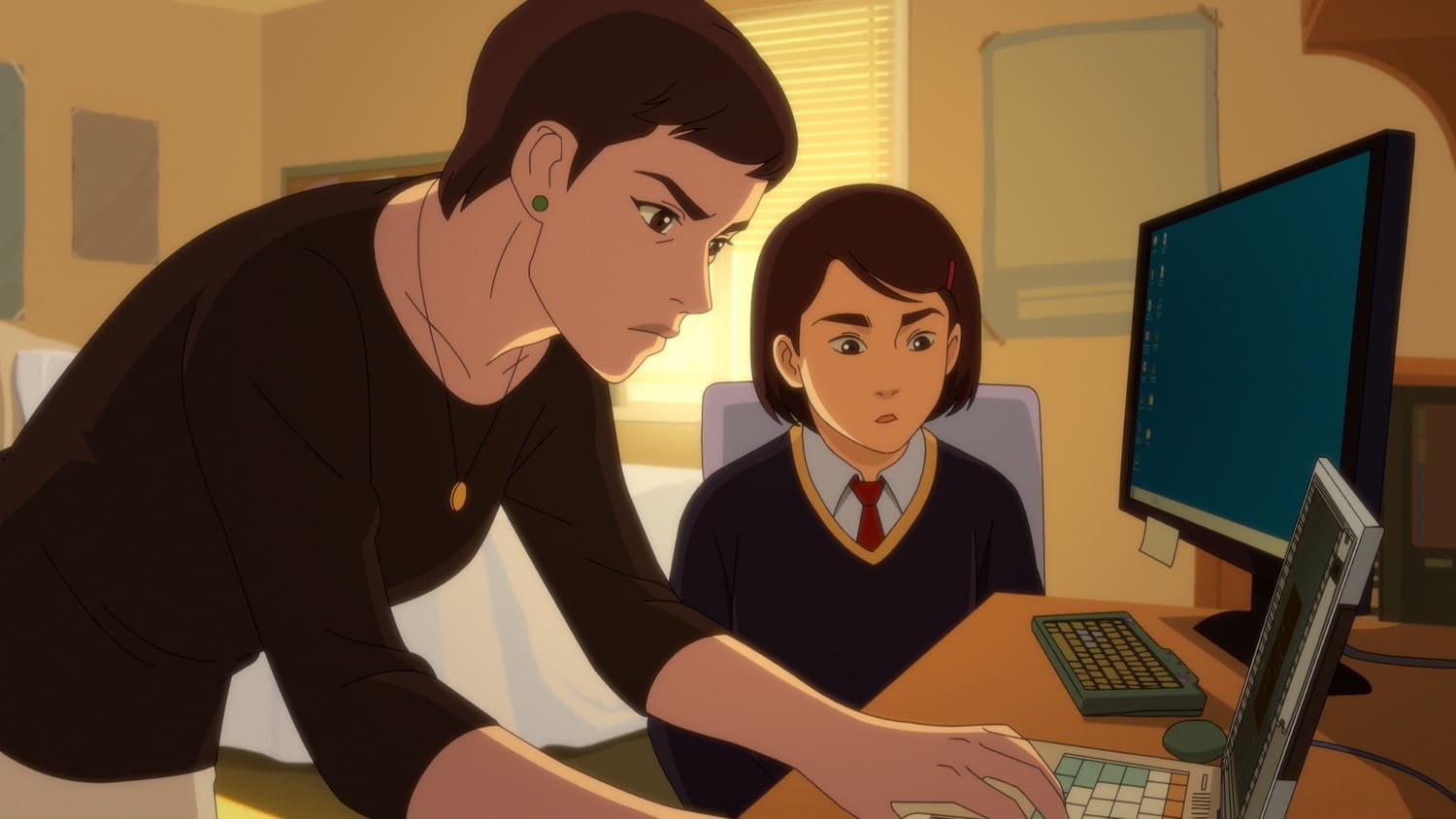
“Pantheon” can be streamed on Netflix Philippines.
Blue Eye Samurai (2023)
The title will raise eyebrows, but I promise it makes more sense once you watch the show, which also dominated the animation category of the 2024 Emmy Awards. I came into it expecting nothing, and I left absolutely mind-blown at the level of detail and depth it delivers on all fronts.
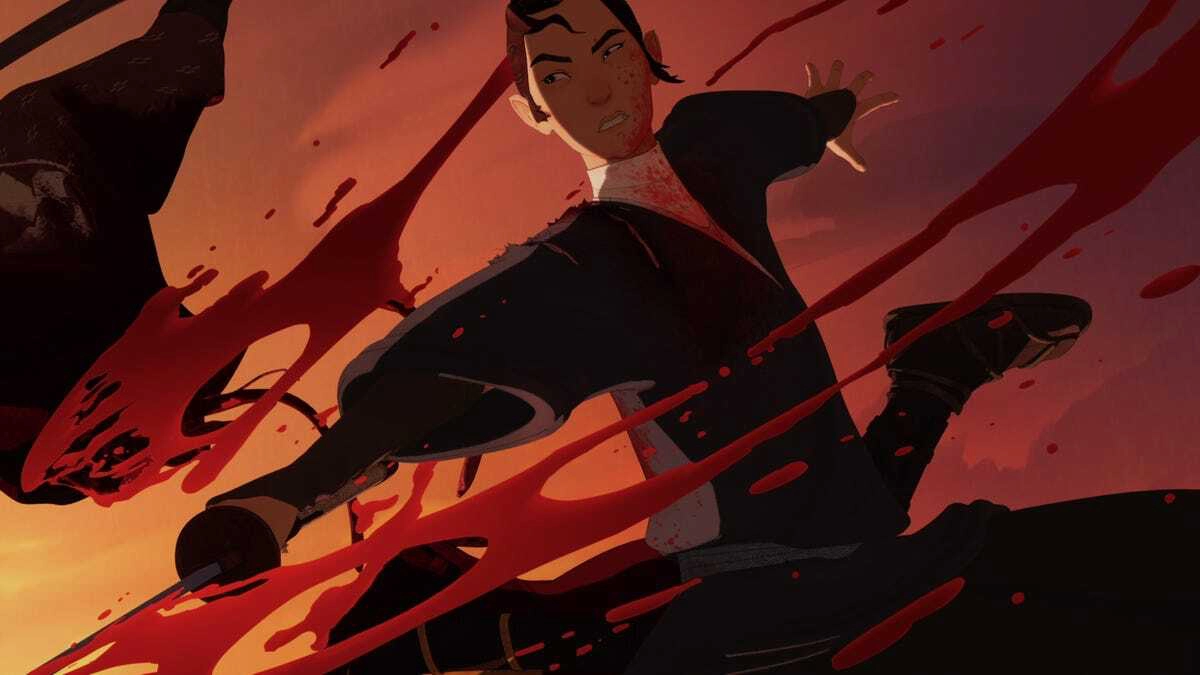
Set in 17th-century Edo Japan, Blue Eye Samurai follows Mizu, a mixed-race warrior whose blue eyes mark her as an outcast in a society that condemns both her heritage and her gender. Forced to conceal her identity, she lives disguised as a man while pursuing a brutal mission of vengeance: to hunt down four white men who defied Japan’s isolation laws—one of whom may be her father. Along the way, she’s thrust into a world of corruption, betrayal, and ritualized violence.
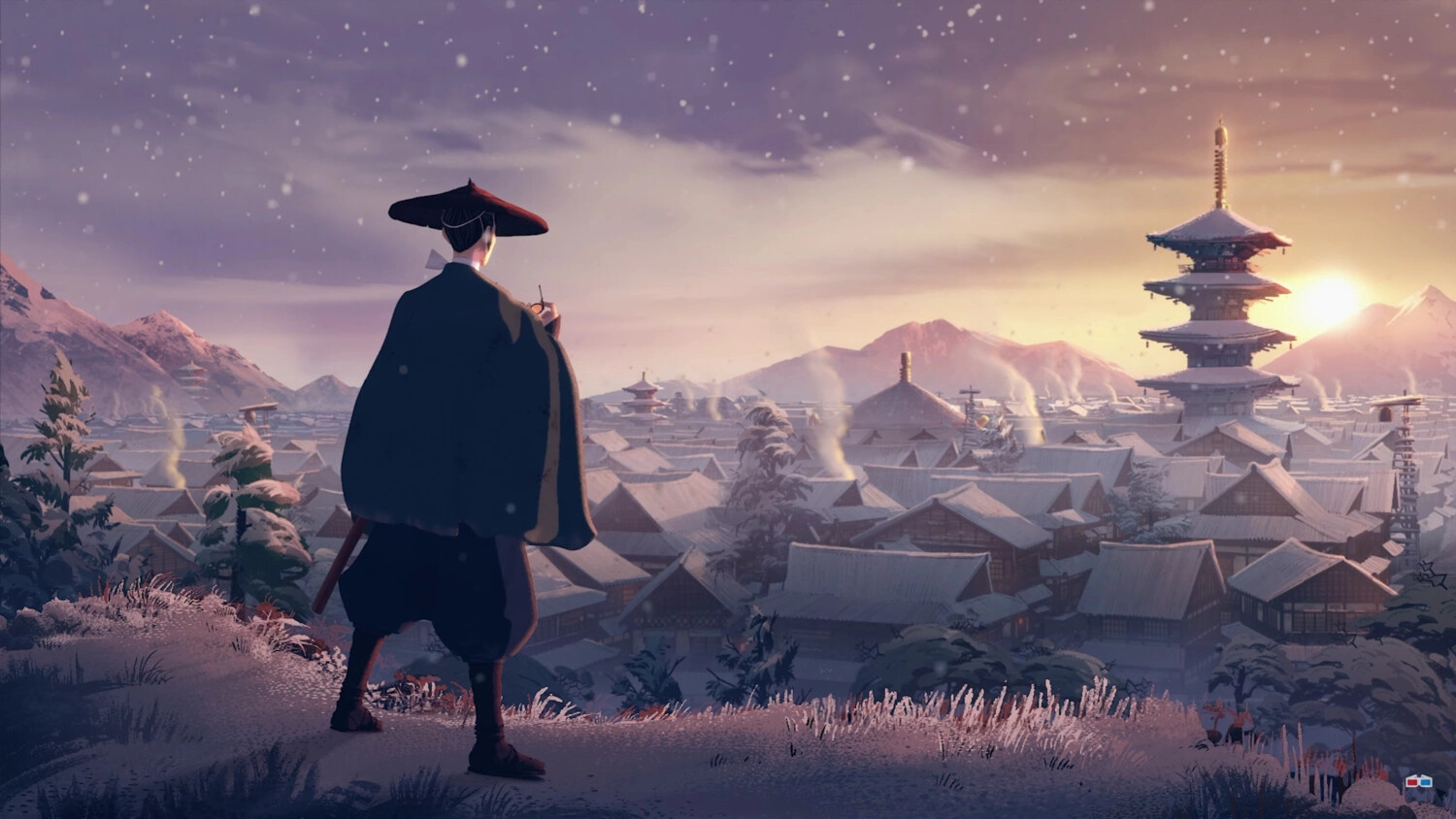
The animated show has some of the best fight scenes I’ve seen in recent years, with superb writing all around and a cast of fleshed-out, complex characters that you can’t help but like, even when they’re unlikable.
“Blue Eye Samurai” can be streamed on Netflix Philippines.
Scavengers Reign (2024)
Sci-fi deserves to be animated more often. No other medium can capture the genre’s otherworldly scale and technological intricacy quite the same way—and a prime example is the recent (and tragically cancelled) Scavengers Reign. When I say the show builds one of the most inventive worlds I’ve ever seen, it’s no exaggeration—critics have praised it endlessly for good reason.
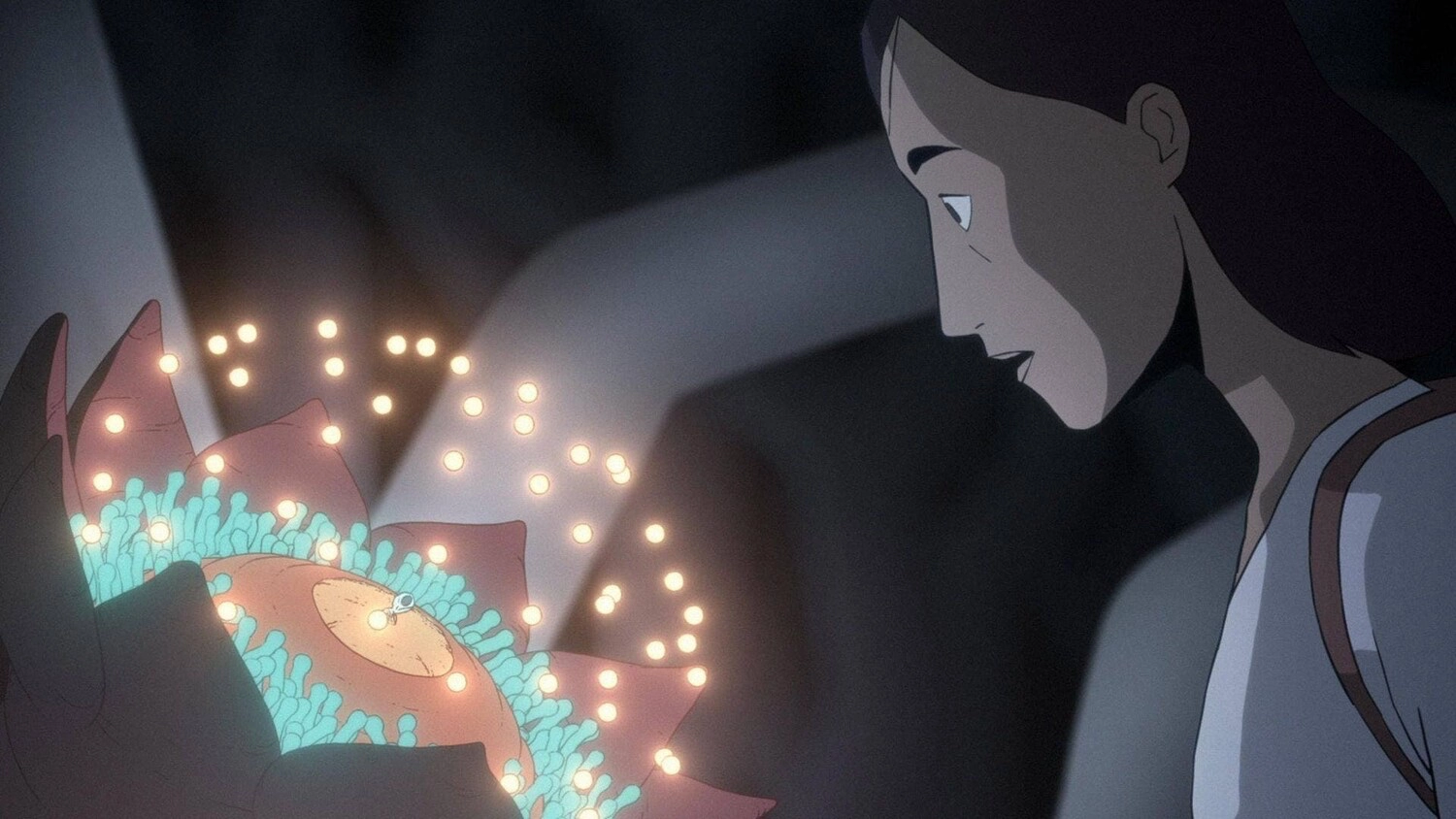
The series follows the survivors of a shipwrecked crew as they navigate Vesta, a planet teeming with alien life both hostile and mesmerizing. If The Martian had a baby with a National Geographic documentary, this would be it. The ecosystem pulses with strange beauty, pulling you into an environment at once terrifying and sublime.
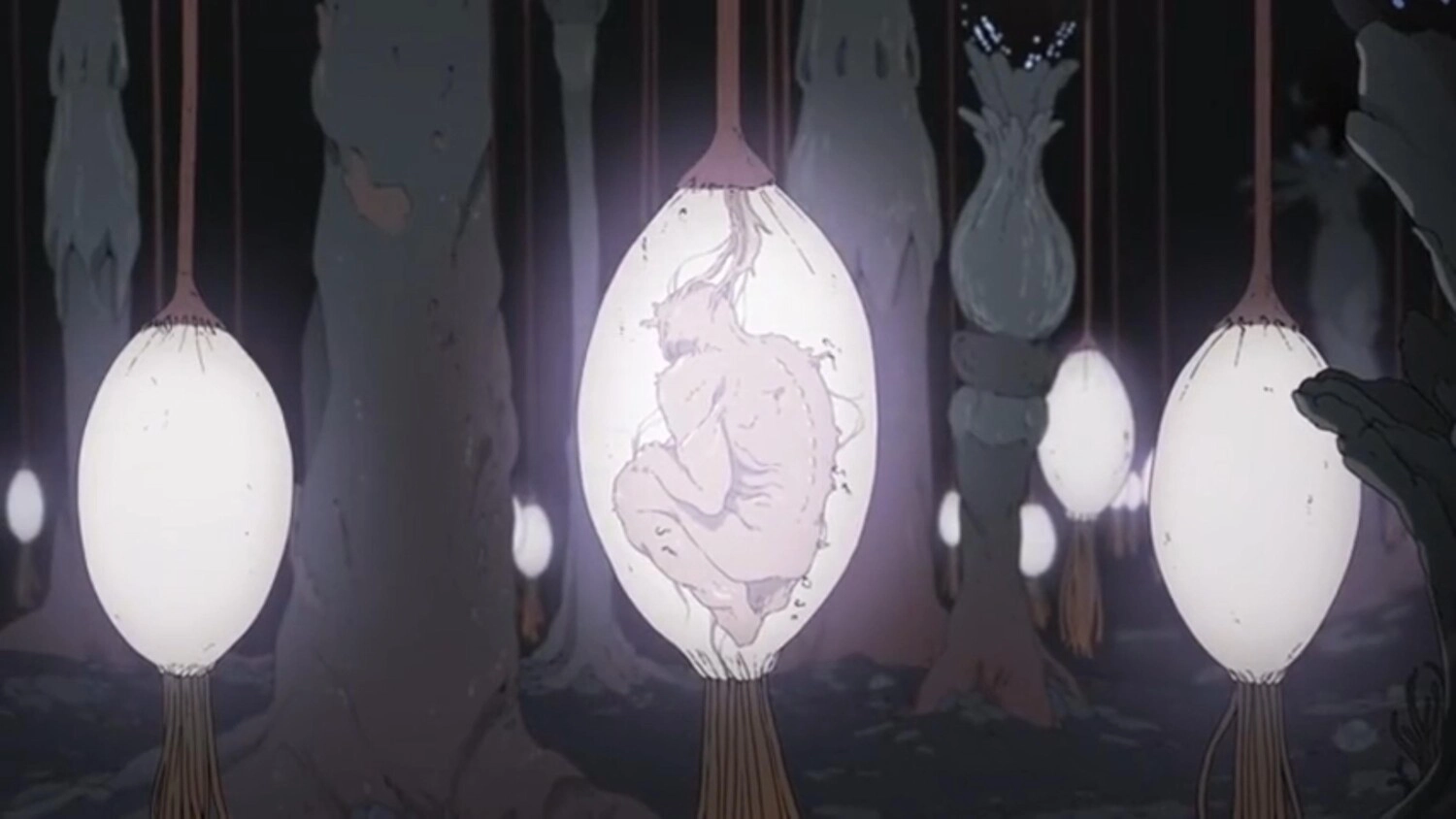
Its overarching narrative is just as strong, weaving together different character perspectives to explore not just survival, but the human fragility and resilience beneath it all. Scavengers Reign is a show worth surrendering to—rewarding you with lush, hypnotic storytelling that could leave even James Cameron slack-jawed.
“Scavengers Reign” can be streamed on HBO Max.
